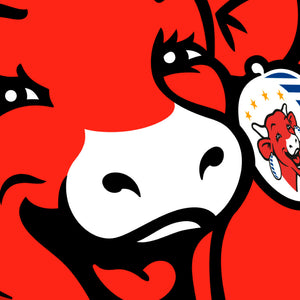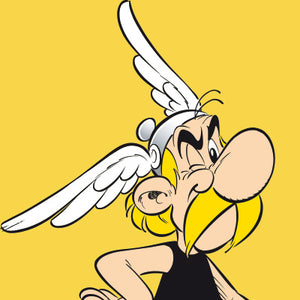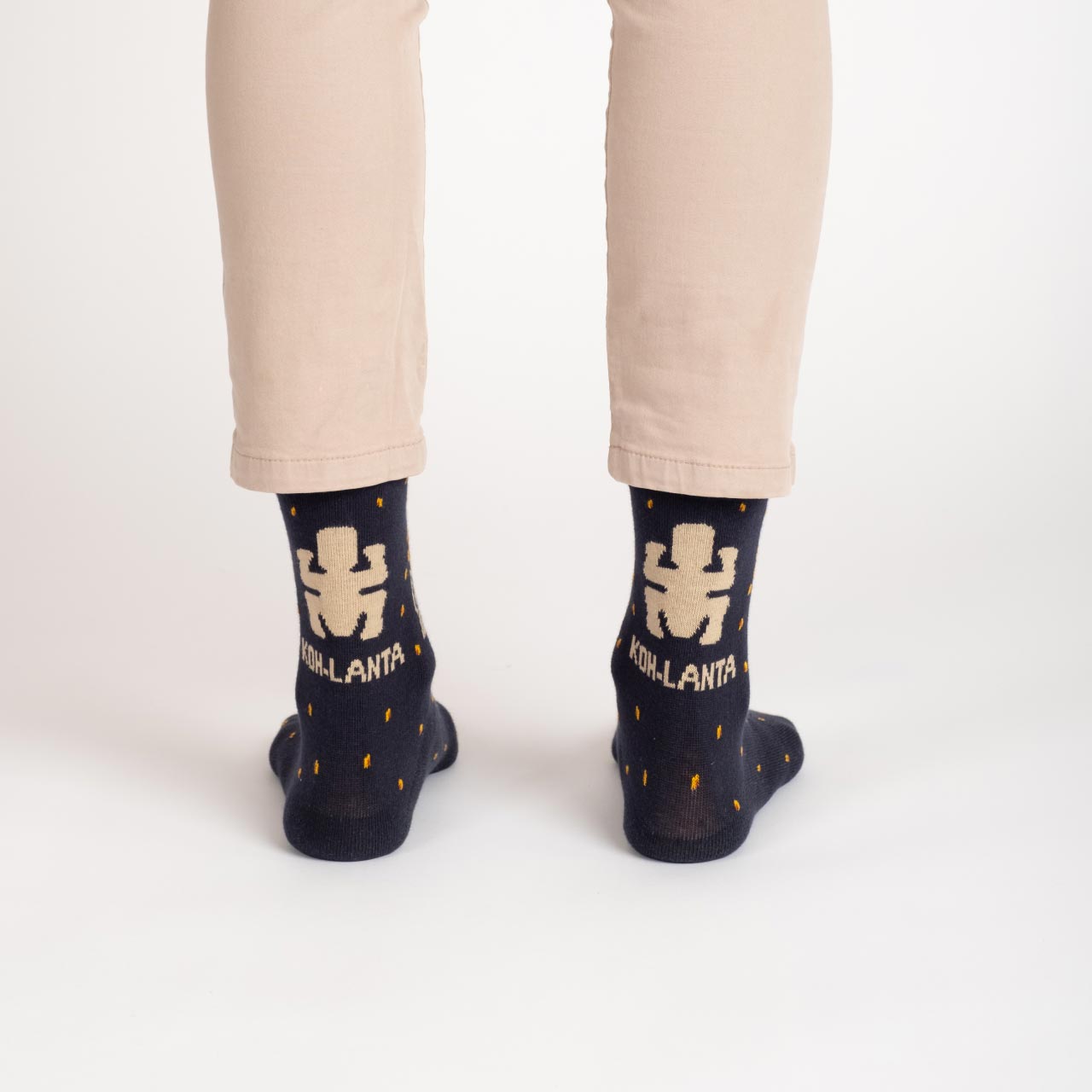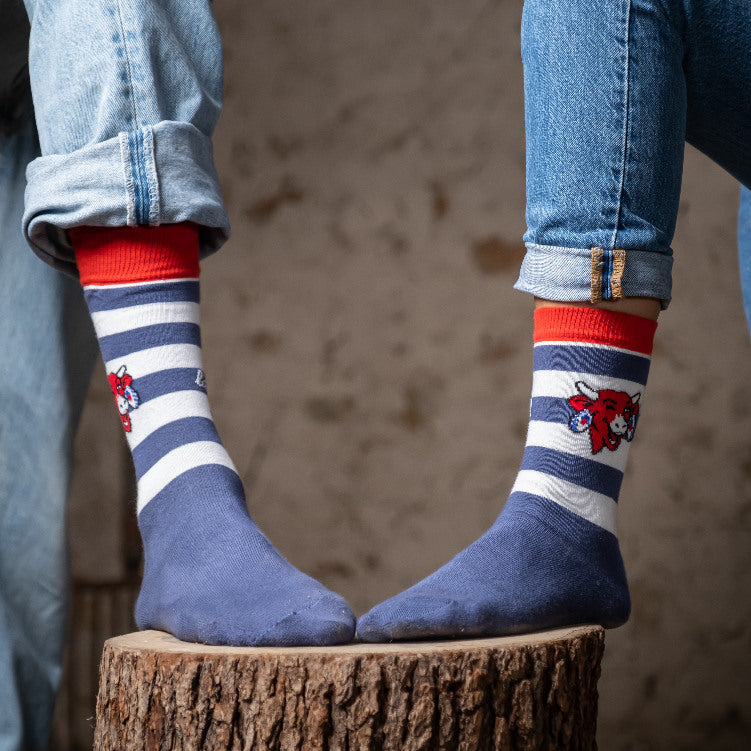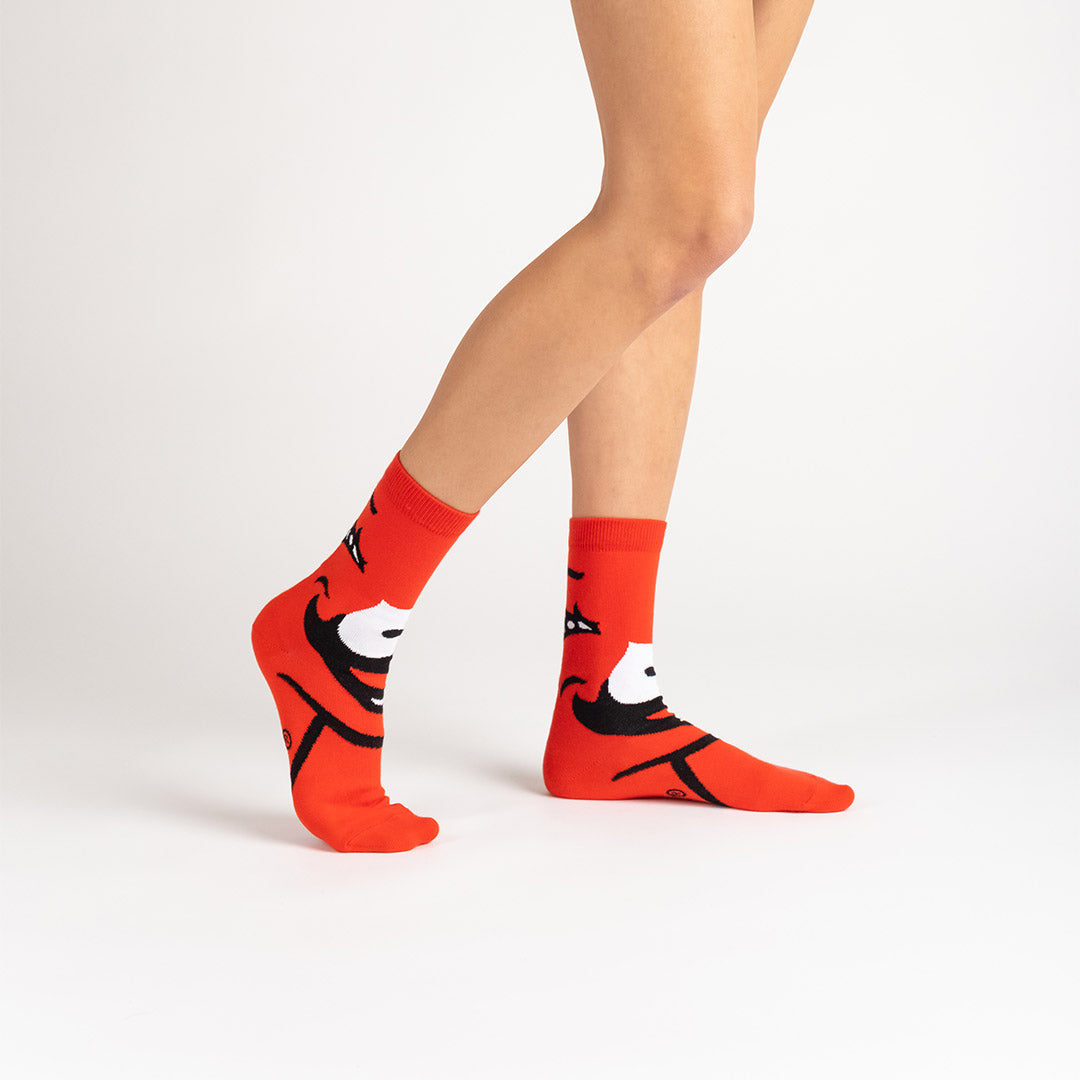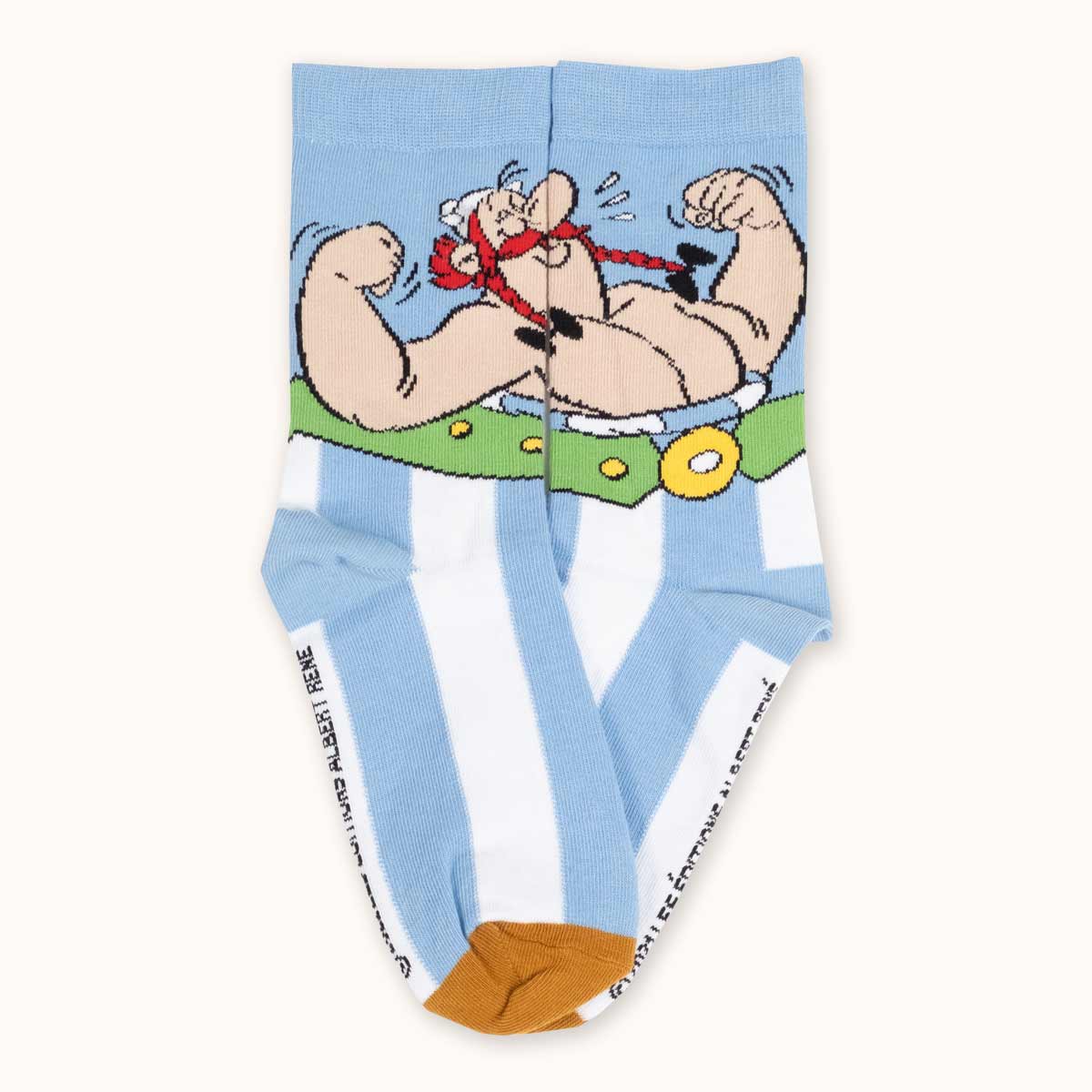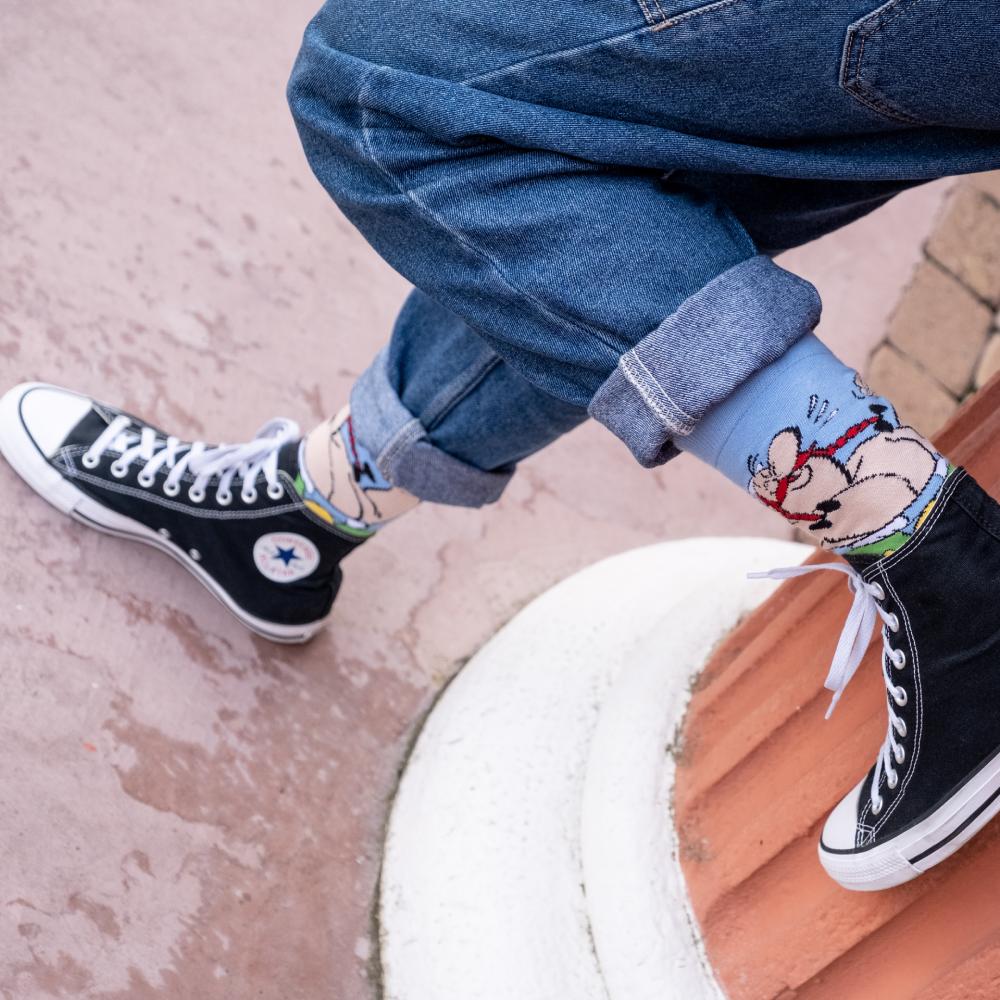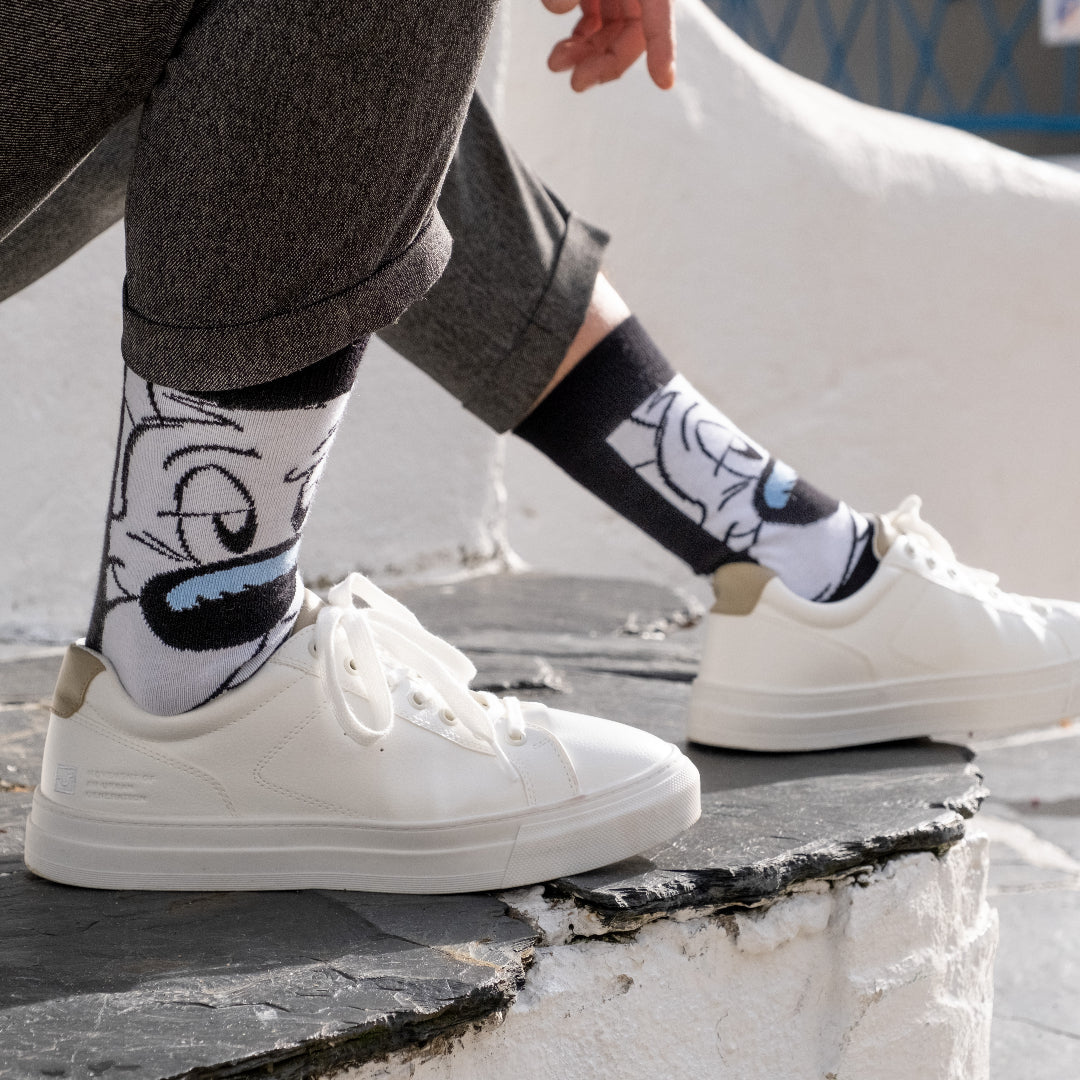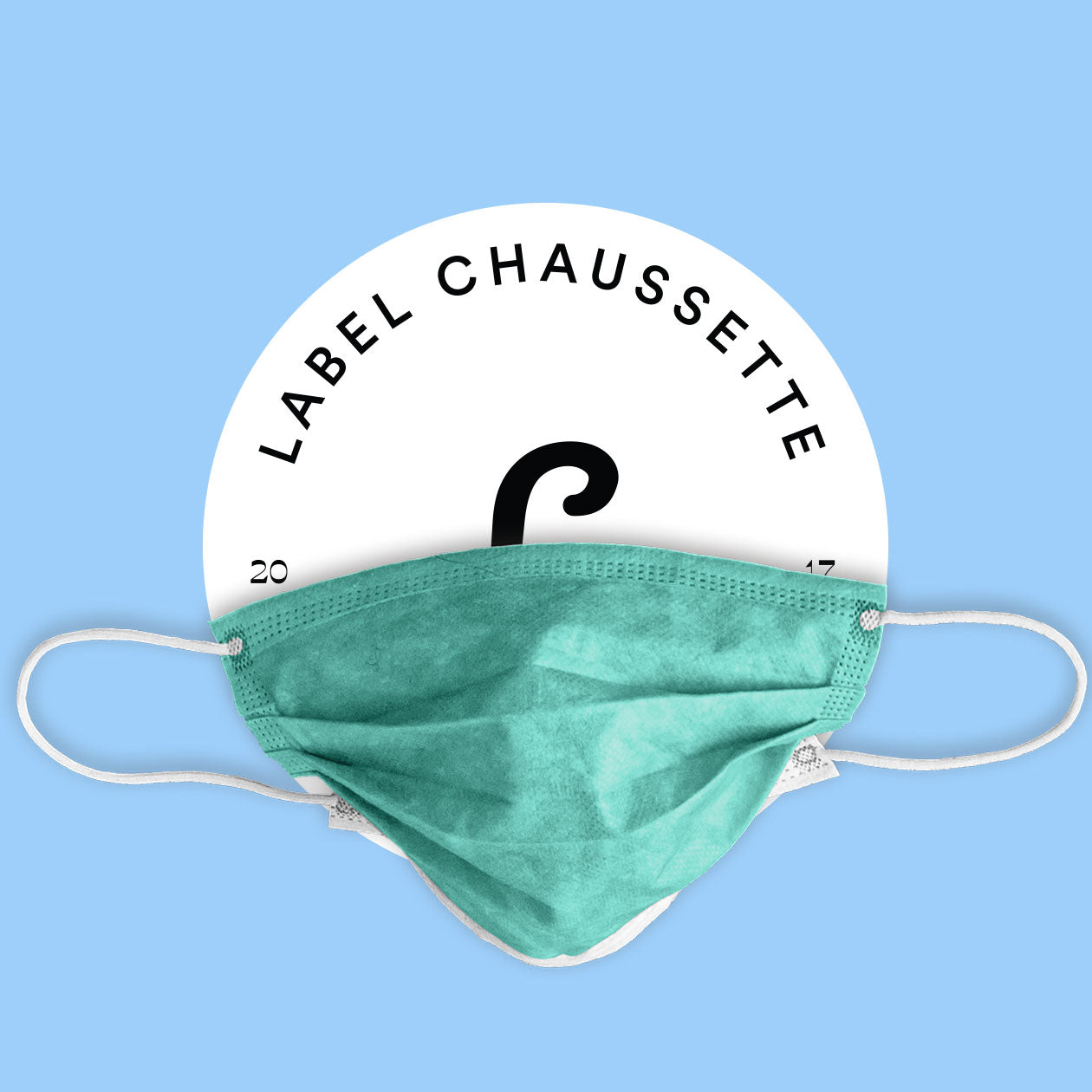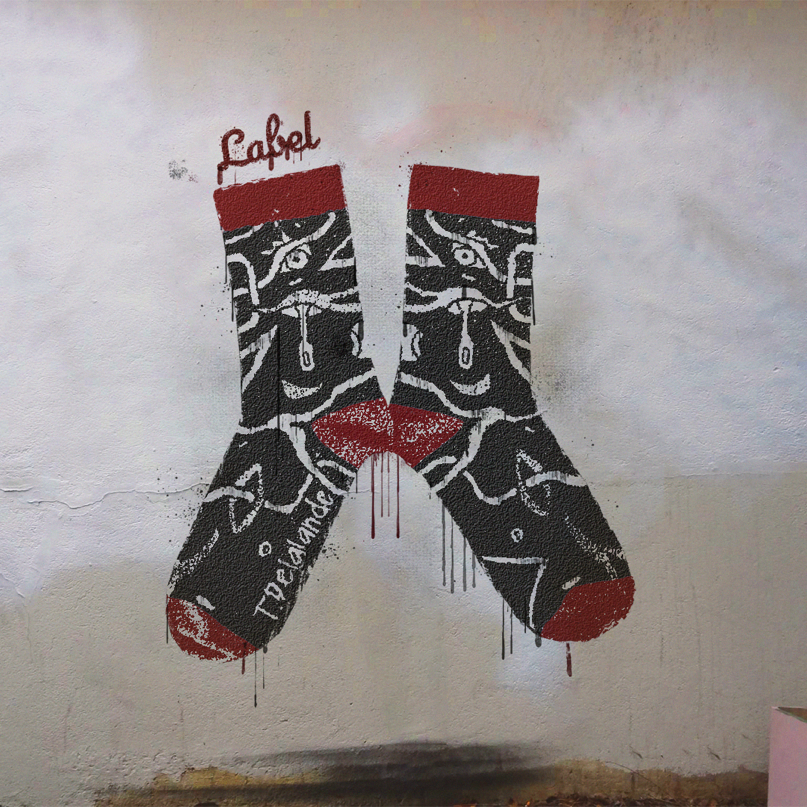FRIDA KAHLO


BIRTH
Magdalena Frida Carmen Kahlo Calderón, called Frida, was born in Mexico at the beginning of the 20th century.
Frida Kahlo is one of the greatest figures of Mexican art of the 20th century. She is recognizable by her unibrow, a trait with which she is so often portrayed.
His father is a German emigrant and his mother is Mexican. She is surrounded by three sisters, including Christina, her confidante throughout her life.
The 3 girls grew up in Casa Azul, called the blue house, that their father built in the suburbs of Mexico City, the capital of Mexico.
 At the age of 6, Frida began to have pain in her right leg. We then discover that she has an illness, poliomyelitis, which prevents her leg from growing normally at school.
At the age of 6, Frida began to have pain in her right leg. We then discover that she has an illness, poliomyelitis, which prevents her leg from growing normally at school.
Her friends nicknamed her Frida the Lame. So she hides her difference under wide pants or big socks. Of course, that's not why we decided to collaborate on pairs of socks!
Fortunately, his father is very attentive and surrounds him with affection. They take him everywhere and introduce him to photography, his profession.
This is how Frida Kahlo sharpened her artistic eye from a very young age. However, she does not plan to follow in his footsteps and instead dreams of becoming a doctor.
THE ACCIDENT
On September 17, 1927, the bus taking her home from school hit a tram. Frida is very seriously injured. She spent several weeks in the hospital and many months bedridden.
It was during this difficult period that she began to paint her paintings in bright colors.
Self-portraits, most often, are taken from her bed with the help of a mirror hung from the ceiling so she can see herself. 
She represents herself in an androgynous way. A bit of a girl and a boy at the same time, with sophisticated hairstyles, beautiful dresses, but also a slight mustache and thick eyebrows that meet in the middle of the forehead.
The artist explains: “My painting carries within it the message of pain”. Since her accident, she has never left her side. For Frida Kahlo, art is a treatment almost as effective as drugs and operations.
Frida depicts herself with tears and blood, open wounds in which we see her broken spine (see self-portrait "The Broken Spine").
Painting helps him move forward and express his suffering to relieve himself. It’s a real process of catharsis.
Thanks to this, Frida finds the joy of living again. Frida became interested in communism and joined the party in 1928.
MEETING WITH DIEGO RIVERA
In 1928, she met Diego Rivera, one of the most popular artists of the time.

Impressed by this character, she nevertheless dares to show him her paintings. Diego, 20 years older than her, is fascinated by the young woman's talent and encourages her to persevere to ensure her progress. He visits her often, and the two fall in love. The couple married in 1929.
Diego Rivera's notoriety continues to grow, and orders flood in, which is one of the reasons why they decided to move to the United States, particularly New York.
Unlike her husband, Frida does not feel so comfortable there, which she expresses in her paintings by being very critical.
RETURN TO BASICS
Nostalgic, she also emphasizes her original culture by painting elements of Mexican folklore as well as the landscapes and lush nature of her native country. So they return there after a few years.
It was in Mexico that Frida met Leon Trotsky, a communist revolutionary in exile whom she welcomed into her home. Then, in 1938, she met the poet André Breton, who described her work as surrealist.

This label helped her make a name for herself in the art world although she did not feel like she belonged to a movement. She will say “ I never knew that I was a surrealist until André Breton came to Mexico and told me that I was one myself ”.

Frida Kahlo quickly became one of the most prominent painters of her time and a major exhibition was organized in New York, where she sold more than half of her works. In 1942, Frida was elected a member of Cultura Mexicana, an organization composed of artists and intellectuals.
Her health deteriorates and she soon can no longer move around. The solution for Frida is to receive her students (the FreeDOS) at her home. They paint in the garden and come to show her their works in her room where she rests. Frida's health continues to decline and she has to undergo several very serious operations.
In 1953, a major exhibition was organized in his honor. Unable to miss the event, she went to the opening on her hospital bed. She does her hair and dresses for the occasion and stages her appearance. Despite its condition, the exhibition is a great success.
Unfortunately, a few months later, his doctor had to amputate his right leg. She is then forced to wear a wooden leg. Very weakened, Frida paints her last painting. It is a still life depicting watermelons on which she writes in blood-red letters: Viva La Vida! It's his last reminder of life before leaving it.

Two months later, on July 13, 1954, Frida Kahlo died in her blue house but her fame survives and continues to grow. Today she is one of the most famous painters of the twentieth century.
Comments collected from the report © QUELLE HISTOIRE / TV5MONDE | Director: Nicolas Blondel

